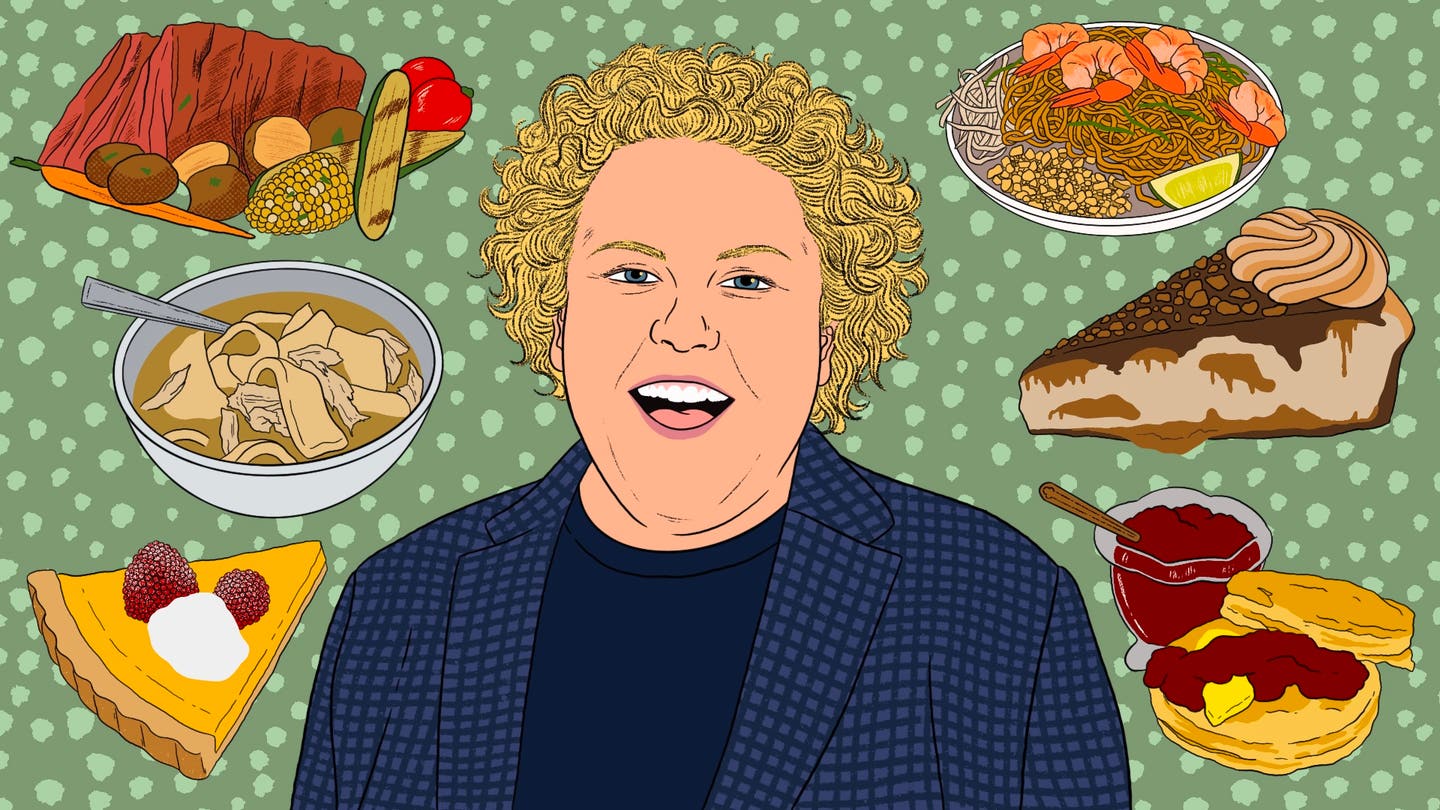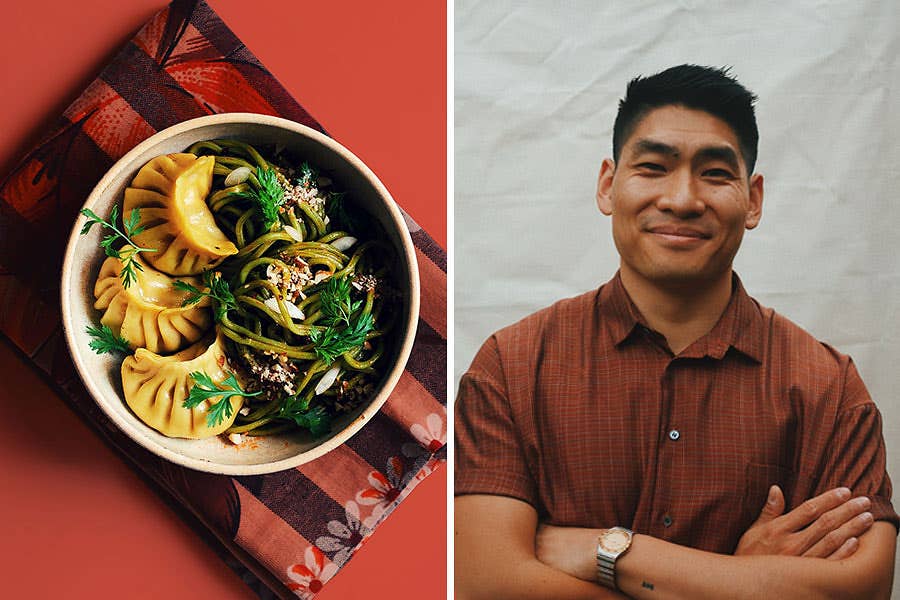
Rice Cake Bolognese and Fried Chicken Gua Bao Star in Frankie Gaw’s Standout Debut Cookbook
By finally embracing his roots, the recipe developer cemented a unique American-Midwest-meets-Taiwanese cooking style that honors all of his background.
Frankie Gaw is visiting New York City for the week. There’s a slew of Chinese and Taiwanese eateries he hopes to try during his short stay, and the historic dim sum restaurant Nom Wah Tea Parlor in Manhattan's Chinatown is high on the list. When our steaming bamboo baskets arrive, Gaw holds a chopstick in each hand and hovers the two of them in an X shape over a lo bak go, or turnip cake. He places the chopstick points on either side of the cake, then drags them toward each other, slicing cleanly through it.
Gaw’s dexterity with dim sum is no surprise. Both his SAVEUR Blog Award-winning food website Little Fat Boy and his debut cookbook First Generation: Recipes from My Taiwanese-American Home, which just launched this week, feature a dizzyingly diverse array of dumplings and buns. Lovingly plated and stunningly photographed, they’ve become hallmarks of his recipe development, which focuses on classics from the repertoire of Taiwanese and Chinese home cooking, with unexpected twists courtesy of his American Midwest upbringing. Think sour cream and onion scallion pancakes, Coca-Cola soy-glazed drumsticks, and butternut squash and corn dumplings—Asian-meets-American mash-ups that showcase the duality of his cultural identity.
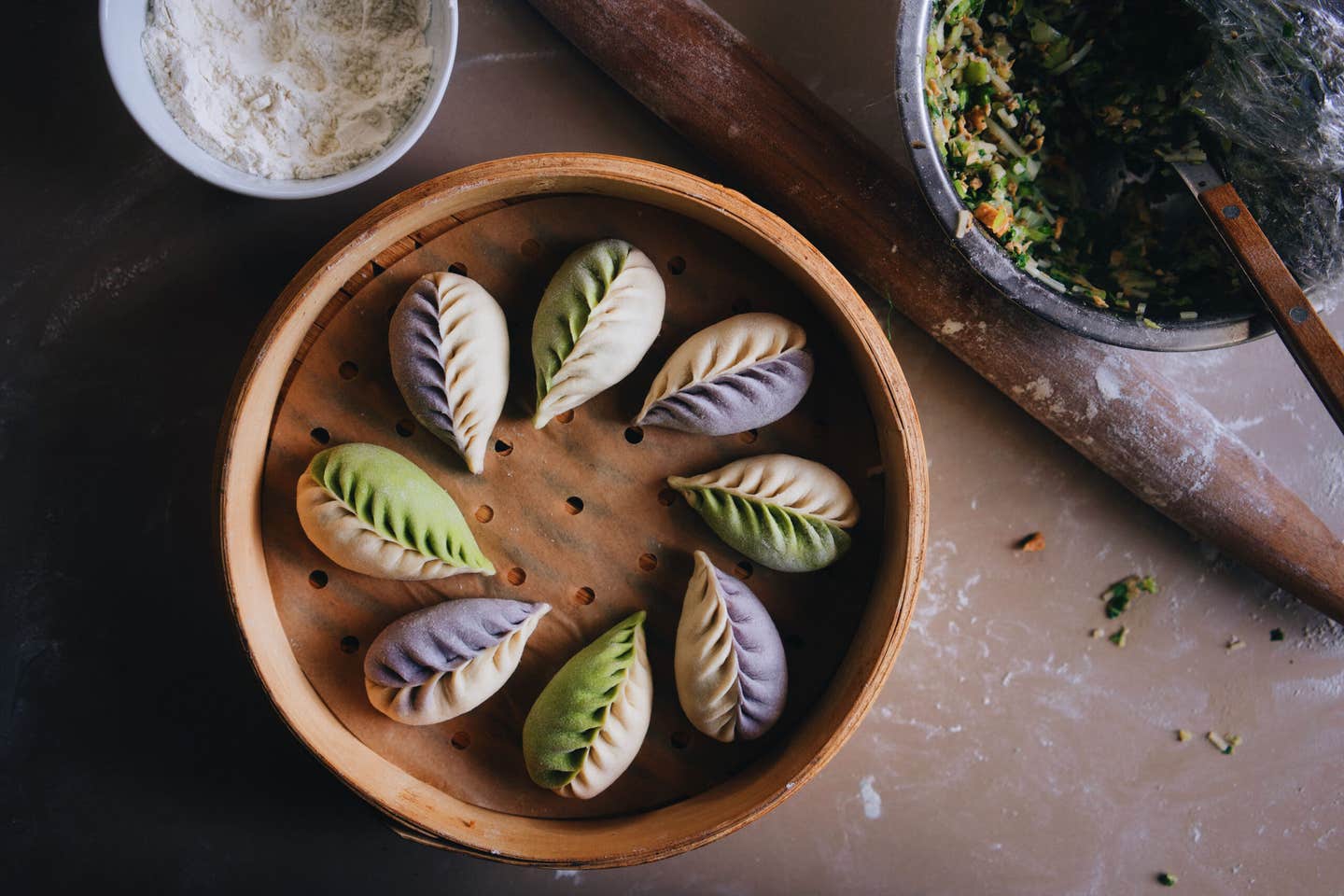
While helping himself to spare ribs and vegetable buns, Gaw admits that, as a child, he would not have publicly acknowledged liking these dishes. Growing up in Cincinnati with Taiwanese immigrant parents, he straddled two cultures. At home, Gaw loved Skyline Chili and dumplings equally and openly. But at school, he was one of only two East Asian students and didn’t want to stand out more than he felt he already did. Not only did self-deprecation become his armor—“I always would joke about my race, just to be in front of the joke, before someone else can say it,” he recalls—but he also strove to dress and eat the way his peers did. When friends came over, the pantry was stocked with classic American snacks, “to make sure that I could blend in.”
Gaw is American, but he never felt “white enough,” as he puts it, to truly fit in—yet he didn’t consider himself knowledgeable enough about Taiwan to wear his heritage proudly, either. Though his parents and grandparents had immigrated from Taiwan, Gaw had never been there. “It's this weird, in-between space that you exist in,” he says of first-generation immigrants. “You put away a lot of these things that make you, you.” His desire to assimilate spurred him to stifle not only his cultural background but also his sexuality. “I knew I might be gay,” he says, but “I remember very much suppressing that and being like, ‘This is just a phase.’”
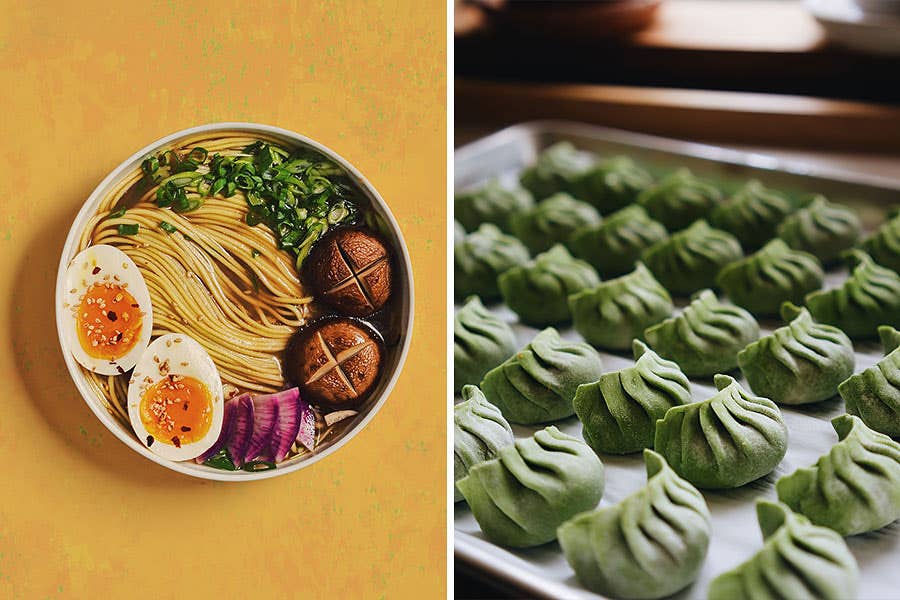
After graduating from Carnegie Mellon, Gaw moved to the San Francisco Bay Area and began working as a product designer at Facebook. But shortly after, he found himself back in Ohio; his father, who had been diagnosed with lung cancer, was losing his battle with the disease, and Gaw returned home to help care for his ailing parent. “Frankie had a very hard time,” Peggy Yang, Gaw's mother, recalls. “His dad was his confidante. There was nothing he didn't consult his father about.” When he wasn’t at his father’s bedside, Gaw would assist his grandmother in the kitchen; on hard days, preparing meals for Gaw's father was all she could do, sometimes dyeing her homemade noodles green or orange using spinach or carrots to infuse a bit of joy into the food.
Gaw's father died in 2015, outliving his initial prognosis by two years. “That totally threw me for a loop,” says Gaw, who was 24 at the time. “Who am I as a person? What matters anymore? I was just totally lost.”
Amidst the pain and haze of bereavement, buried doubts and unspoken feelings bubbled to the surface. Faced with the ephemerality of life, “a lot of these things I cared about, like my status, how my job makes me look, and how much money I'm making,” he says, suddenly felt like little more than catering to the expectations of others. Who was it that he wanted to be?
When Gaw finally told his mother that he is gay, she responded that she had always known. “I just was waiting for you to figure it out for yourself,” he recalls her saying. Yang’s unconditional acceptance helped Gaw shed a massive burden he felt he had been shouldering all his life. “When I came out, that took down a ton of different walls,” he says. Like a cascade of falling dominos, other aspects of his identity that he’d buried began yearning for release and exploration.
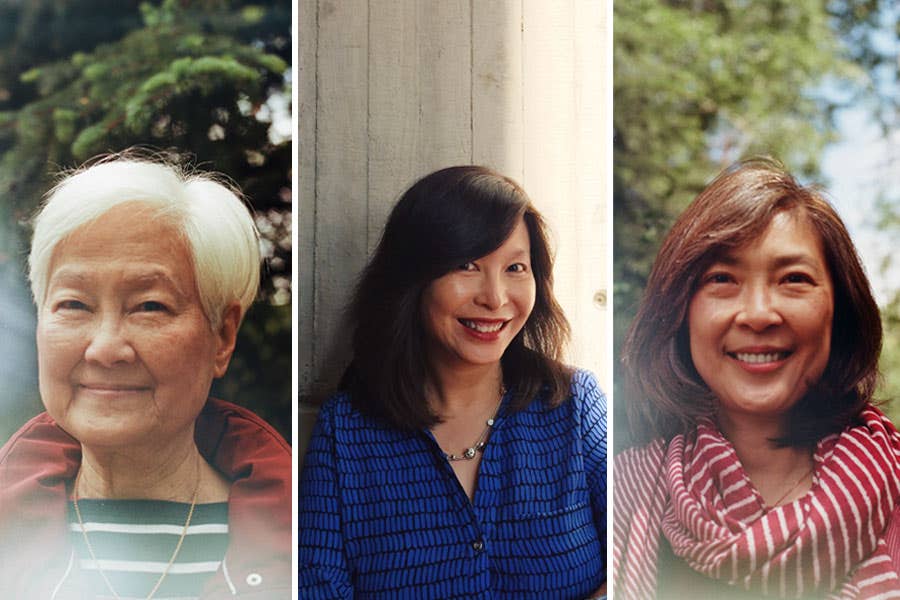
Throughout Gaw’s upbringing, his family’s primary link to their Taiwanese roots had always been their home-cooked meals, which included dishes like beef noodle soup and stir-fried tomato and egg. In hopes of holding onto his father’s memory, Gaw decided he needed to learn more about the food of his heritage. “I really craved this idea of me being able to make [those dishes] for myself,” he says. He began asking his grandmother to cook the meals he recalled from his childhood, while he jotted down the steps to practice recreating them later. Gaw’s aunt Jay Luor, Yang’s younger sister, not only helped translate his grandmother’s decades-old handwritten recipes but also sent him her collection of old Taiwanese and Chinese cookbooks. A visit to Taiwan, Gaw’s first time on the island, further expanded his knowledge of, and curiosity about, Taiwanese food.
To document his cooking journey, Gaw began sharing photos on social media of the dishes he was making and publishing the recipes on a blog. As a designer, he knew that presentation and artistry could significantly influence how someone reacted to a dish. He decided to only shoot flat-lays, focusing the viewer's eye on the food, and to use monochromatic backgrounds and colorful styling that would make the dishes pop. “We see European-centric food photographed like this all the time,” says Gaw, but he points out he hardly ever saw Asian food presented with similar care in American media. “Why don't we get this kind of treatment and representation in our stories?”

Building off the foundation of his grandmother’s recipes, he began to incorporate fresh, seasonal ingredients from the grocery stores he frequented around the Bay Area. He also added American flourishes to traditional Taiwanese and Asian foods, producing recipes like what he calls Cinnamon Toast Crunch butter mochi. The base recipe is nian gao, or glutinous rice cake, which he reimagines by soaking his favorite breakfast cereal in milk and incorporating the liquid into the dessert (inspired by chef Christina Tosi, the founder of bakery chain Milk Bar).
In 2019, less than a year after launching his website, Gaw won the Blog of the Year Award at the SAVEUR Blog Awards. Little Fat Boy had become more than a hub for recipes, but an avenue for exploring the complexity of the first-generation experience. Today, his new cookbook is an encapsulation of that journey of self-discovery. Not only does he confidently and proudly eat dim sum now, he reinvents the dishes so that they tell a story—his story.
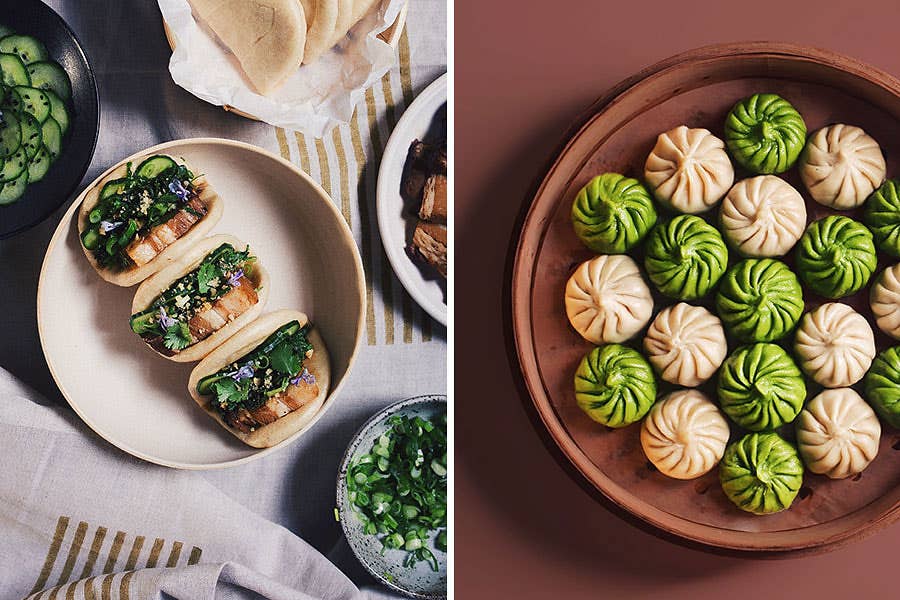
“As I’ve grown up navigating my identity,” he writes in his book’s introduction, “food has been at the heart of my discovering both deep shame and overflowing pride.” Gaw’s food is a reminder that cuisine is never static, instead ever-evolving across time and space. From fried chicken gua bao to turkey fried rice, his recipes are an honest representation of one immigrant family’s bicultural tastes, forever oscillating between two paradigms, seemingly opposing forces that meld together seamlessly on the plate.
Recipe
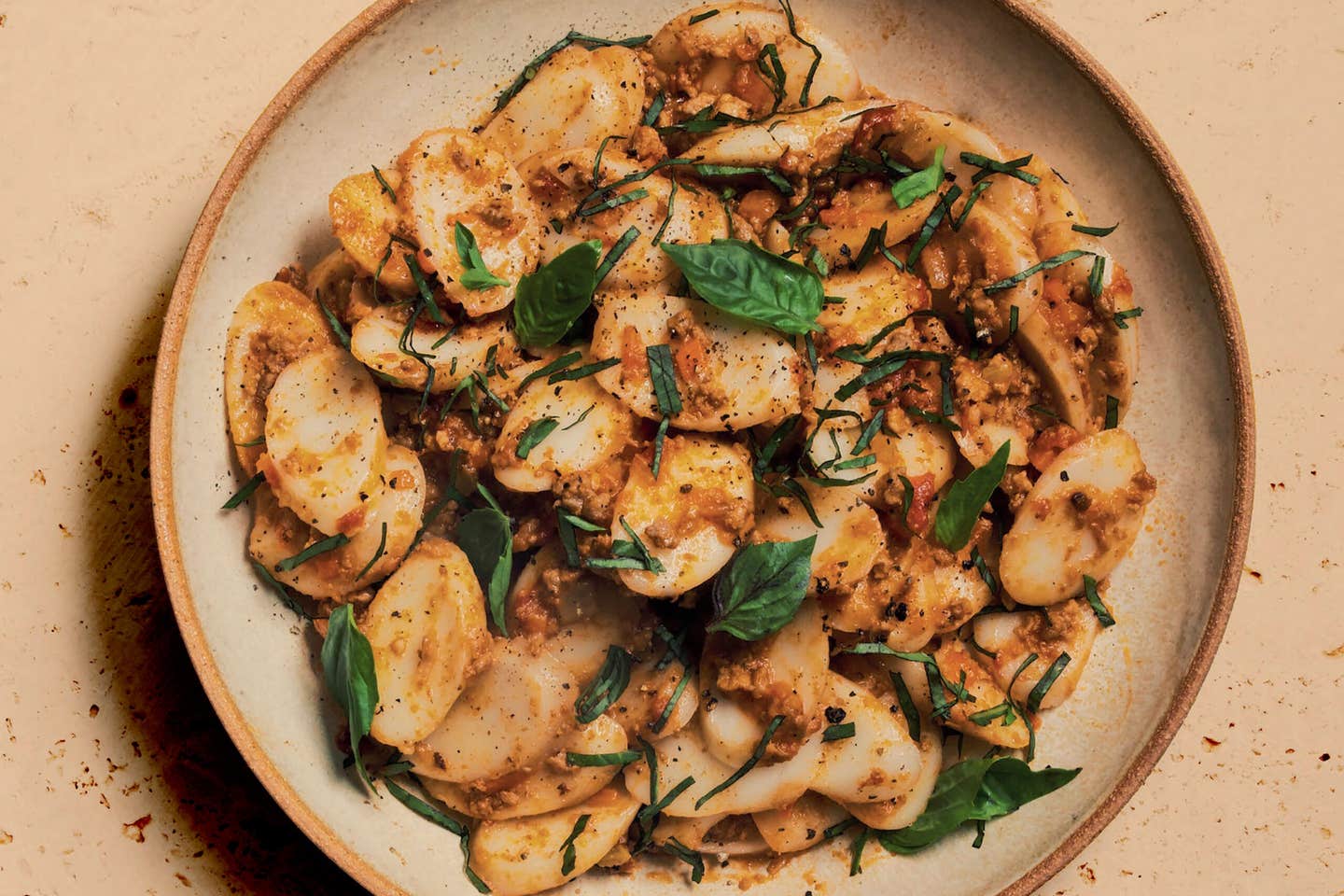
Keep Reading
Continue to Next Story









